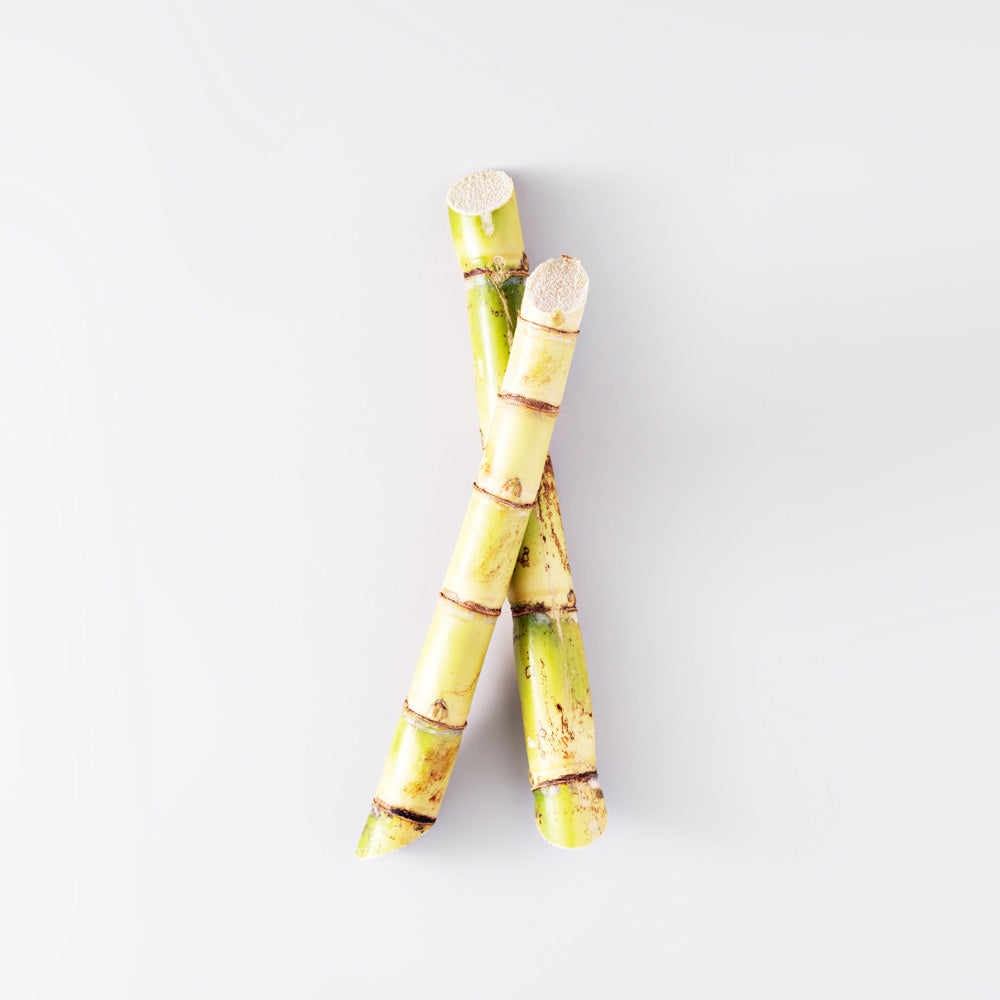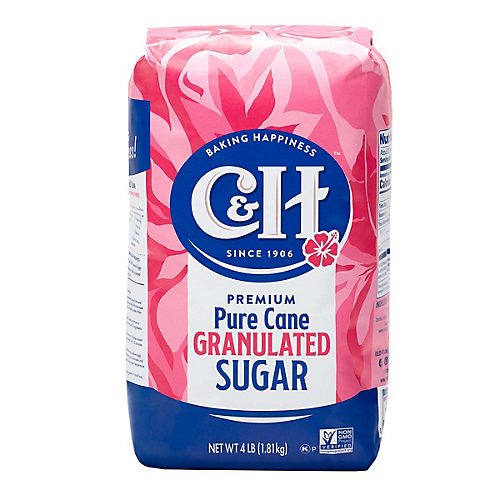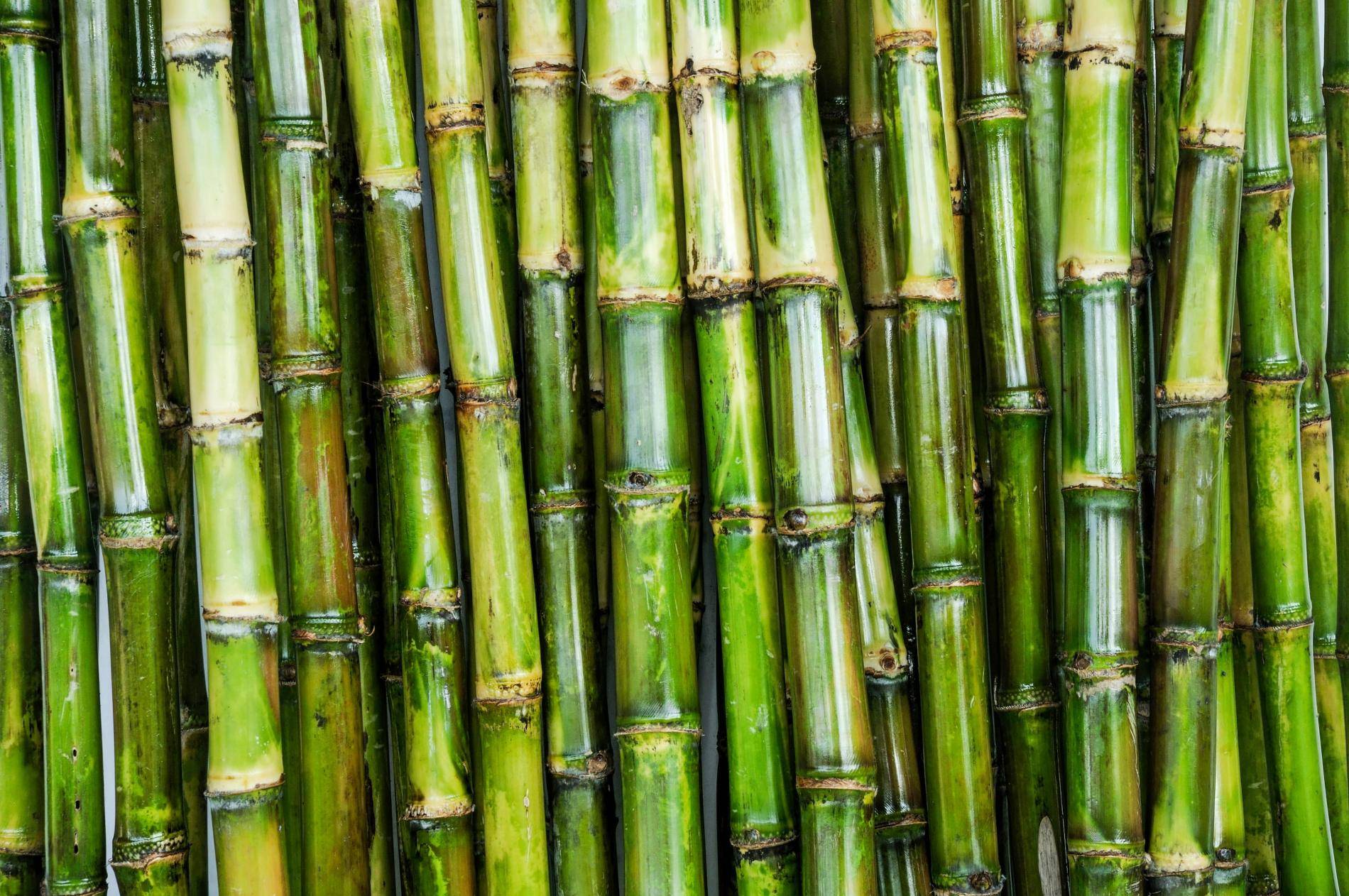Advanced Cane Sugar Processing: Enhancing Effectiveness and Sustainability
Advanced Cane Sugar Processing: Enhancing Effectiveness and Sustainability
Blog Article
Discovering the Comprehensive Steps Involved in Walking Cane Sugar Handling From Collecting to Improvement
The process of cane sugar production incorporates a series of complex steps, beginning with the cautious harvesting of sugarcane and finishing in the refinement stages that ensure the last product meets market criteria. Each phase, from the removal of juice to the filtration and formation procedures, plays a crucial duty in figuring out the quality and character of the sugar.
Gathering Sugarcane
Gathering sugarcane is an important action in the cane sugar handling chain, as it straight affects the top quality and return of the last product. Correct timing and methods are important during this stage to ensure optimum sugar content and minimize losses. Normally, sugarcane is collected when it reaches maturity, normally 12 to 18 months after planting, identified by a high sucrose concentration.

Post-harvest, the sugarcane should be refined quickly to prevent sucrose degradation. Ideally, gathered walking cane needs to be moved to processing centers within 24 hours to maintain sugar quality. Consequently, effective logistical planning is crucial to maintain the stability of the gathered plant throughout the supply chain.
Removal Process

The smashed cane is subjected to a series of pressing procedures to make best use of juice healing. Typically, warm water is splashed onto the smashed cane, creating a countercurrent circulation that assists liquify the sugar while also aiding in the extraction procedure. The juice collected from this procedure has not only sugar however additionally numerous organic substances and contaminations.

To boost removal effectiveness, some centers might use diffusion approaches, where the sugarcane is saturated in warm water, allowing the soluble sugars to diffuse right into the fluid. The resulting juice, abundant in sucrose, is after that routed to succeeding processing stages, laying the foundation for filtration and refinement. The extraction procedure is therefore critical in determining the top quality and return of the last sugar item.
Purification Techniques
The filtration methods used in cane sugar handling are necessary for transforming the raw juice into a high-grade sugar product. These techniques mainly intend to eliminate impurities, such as dirt, plant materials, and not natural substances, which can negatively affect the end product's flavor and color.
One of one of the most usual filtration techniques is explanation. This process entails adding lime and heat to the raw juice, which assists in the coagulation of pollutants. The resulting precipitate is after that removed via sedimentation or purification, yielding a clearer juice. Additionally, the use of phosphoric acid can enhance the explanation process by additional binding contaminations.
One more significant technique is carbonatation, where carbon dioxide is presented to the made clear juice. This reaction produces calcium carbonate, which captures continuing to be contaminations and promotes their removal.
Moreover, triggered carbon therapy may be related to adsorb any type of remaining colorants and organic contaminations, ensuring a more polished item. The combination of these methods successfully prepares the sugar juice for succeeding actions in the refining process, establishing the phase for the production of high-grade cane sugar.
Condensation Approaches
After the filtration stage, the following essential action in walking cane sugar processing entails condensation methods, which play an essential role in changing the cleared up juice right into solid sugar. This procedure normally employs 2 main approaches: spontaneous condensation and controlled crystallization.
In spontaneous crystallization, supersaturated sugar options are allowed to cool normally, why not look here leading to the development of sugar crystals over time. This approach allows for the uniform growth of sugar crystals and higher purity.
Throughout formation, the cleared up juice is concentrated with evaporation, raising its sugar content till it gets to supersaturation. As soon as this point is accomplished, either technique can promote the condensation process. Cane Sugar Processing. The resultant sugar crystals are after that divided from the continuing to be syrup through centrifugation
Inevitably, the option of crystallization approach impacts the quality, dimension, and pureness of the final sugar item, making this action important in the general walking cane sugar handling procedure.
Improvement and Packaging
Just how can the pureness and quality of walking cane sugar be additionally improved after condensation? The improvement procedure plays a critical function in attaining high-quality cane sugar. Adhering to formation, sugar undertakes a comprehensive cleaning to remove pollutants and recurring molasses. This is normally achieved using warm water or vapor, which assists liquify and extract unwanted aspects while maintaining the sugar crystals.
Next, the sugar undergoes a process called centrifugation, where it is useful content rotated at broadband to separate the purified sugar crystals from the remaining fluid. After centrifugation, the sugar is frequently further fine-tuned with an approach called carbonization or phosphatation, which makes use of triggered carbon or phosphoric acid to get rid of color and off-flavors.
Once refined, the sugar is dried out to attain the preferred moisture material, guaranteeing that it stays stable during storage and transport. The last step entails product packaging the refined sugar in moisture-proof and airtight containers to keep its high quality and avoid contamination. Cane Sugar Processing. Appropriate packaging not just extends shelf life but additionally facilitates easy handling and circulation, making sure that consumers receive sugar that meets the highest requirements of pureness and high quality
Conclusion
The detailed actions associated with walking stick sugar processing, from the precise harvesting of sugarcane to the intricate refinement and packaging phases, underscore the significance of each stage in making certain high-quality sugar manufacturing. Ideal harvesting techniques, reliable extraction approaches, and extensive filtration procedures collectively add to the end product's purity and security. The formation and subsequent product packaging practices better improve the honesty and service life of the sugar, highlighting the intricacy and accuracy fundamental in this crucial agricultural industry.
The process of walking stick sugar production includes a collection of complex steps, beginning with the cautious harvesting of sugarcane and culminating in the improvement stages that ensure the last product meets sector standards. Preferably, gathered walking stick needs to be transferred to processing centers within 24 hours to preserve sugar quality.In spontaneous condensation, supersaturated sugar options are permitted to cool naturally, leading to the development of sugar crystals over time - Cane Sugar Processing. The refinement procedure plays an important duty in achieving premium cane sugar.The detailed steps involved in cane sugar processing, from the careful harvesting of sugarcane to Learn More Here the intricate improvement and product packaging stages, emphasize the value of each phase in making certain premium sugar production
Report this page